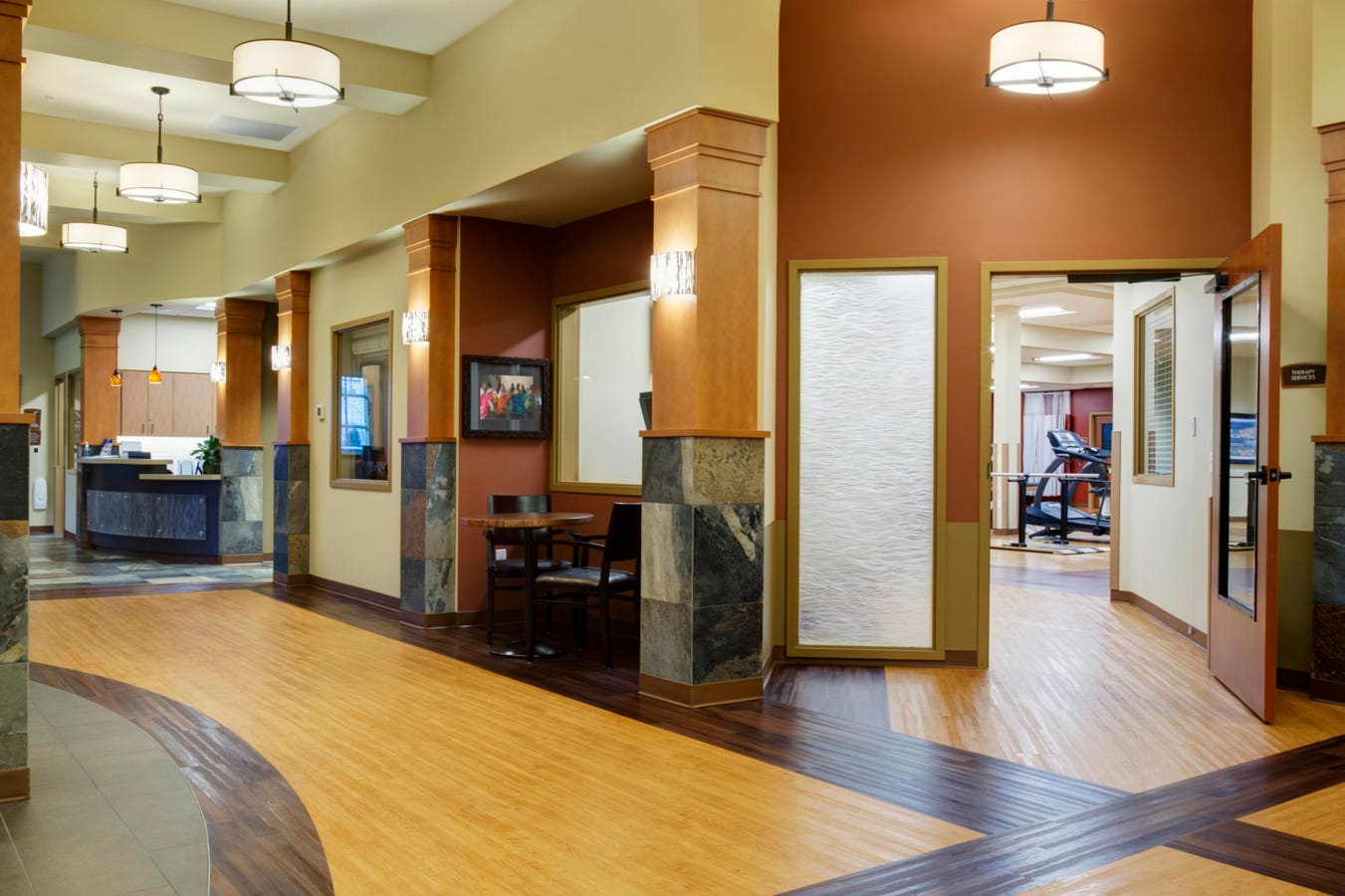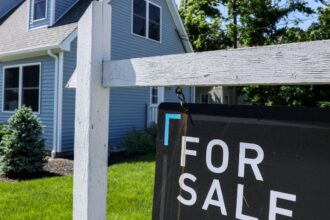The federal government wants to know more, and wants consumers to know more, about who owns nursing homes. It is about time. And it may help identify some of the worst actors who pollute the nursing home industry. However, without easier access to this new information, I’m not sure how helpful it will be for prospective residents and their families.
At the same time it issued ownership and operator disclosure rules, the Department of Health and Human Services released an important paper on what we know now about nursing home ownership and its relationship to quality care.
The Private Equity Myth
The paper was written by David Stevenson, chair of the department of health policy at the Vanderbilt University school of medicine, and colleagues. And it helps explode a myth that private equity firms—businesses that pool large amounts of capital from large investors and rely heavily on debt financing— are the prime cause of poor nursing home quality.
The authors conclude that private equity facilities do suffer from lower quality than other for-profit facilities and that quality does decline after these firms acquire nursing homes. Those are important findings that support some previous studies but contradict others.
However, these firms own only a tiny, and shrinking, fraction of facilities—5 percent in 2022, or about 900 out of roughly 18,000 nursing homes. Real Estate Investment Trusts (REITs), privately-held or publicly-traded firms that invest in multiple properties, own about 9 percent, a share that has held relatively steady since 2019. They have similar quality issues.
By comparison, other non-PE, non-REIT for-profit chains owned about 6,800 facilities while about 3,200 were mom-and-pops. Roughly 3,500 were not-for-profits.
Data Problems
But there are important caveats. First, quality measures may themselves be unreliable. Like many studies, this one uses the government’s Nursing Home Compare five star rating system as a measure of quality. But it suffers from significant gaps. For example, it does a better job measuring safety than patient and resident experience and overall quality.
The authors also look at deficiencies reported by state inspectors. But they are inconsistent and have many other flaws.
Still, this study and others like it are a useful way to look broadly at the industry. But they are constructed by using multiple data sets (this paper uses six). And, crucially, it often is impossible for consumers to learn who owns a specific facility.
This is especially important when it comes to chain owners and operators. For example, when an owner with a terrible quality and safety record purchases a facility, the new acquisition likely is a quality timebomb. But currently consumers don’t know about the buyer’s track record. That matters since between 2016 and 2021, about 3,000 facilities changed hands.
Hard To Track
Tracking ownership is complicated for several reasons. Among them:
Often, owners don’t manage facilities. Many operators lease a facility from a REIT or other investor, or even from a separate company owned by the manager. But the key player is the operator, who makes day-to-day management decisions while the owner may do nothing more than collect lease payments. In the case of small chains or independent facilities, the owners and operators typically are the same. But not so with larger chains.
The other challenge is the ownership or operating structure itself. Often, chain facilities are controlled by limited partnerships that are owned by one or more other partnerships. That makes it extremely difficult to know who is in charge.
The new Centers for Medicare and Medicaid Services (CMS) rules require facilities to report their ownership, including names of officers, directors, and managers, when they first apply for Medicare or Medicaid payment, when they are recertified (usually every five years), and whenever they change ownership.
The new rule requires reporting by parties that have management or financial control over a facility, although CMS still must provide additional detail about which entities must be reported. It also defines private equity and REITs to help assure consistent reporting.
Consumer Access
CMS promises to make the information publicly available about a year after it is reported, though it does not say how. Unless this information is easily accessible and understandable, it will be of little use to consumers.
The Affordable Care Act of 2010 (Obamacare) required CMS to mandate more detailed ownership but the agency never finalized rules until now. Thus, it required only limited information from nursing home owners and did not make it available to consumers.
About 1.3 million Americans are residents or patients in nursing facilities, roughly half are long-stay residents and half receive time-limited post-hospitalization care such as rehab.
Surveys show consumers mostly pick facilities based on location—those closest to family members. But the more they know about quality and safety the better. And understanding who owns a facility can help inform those decisions, if only at the margin.
Read the full article here










